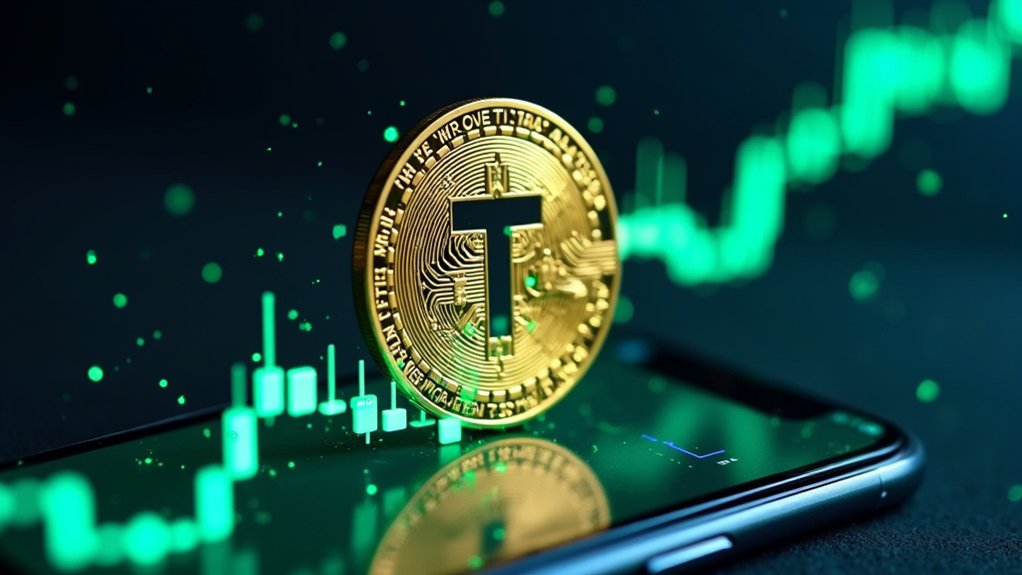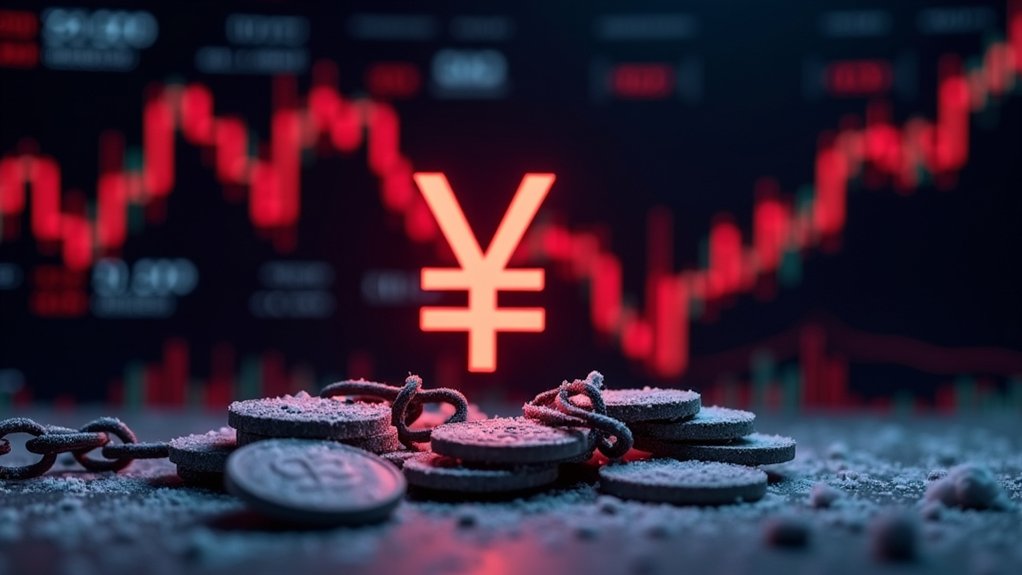As the SEC’s aggressive enforcement campaign against crypto companies grinds to a halt under the new administration, industry players are letting out a collective sigh of relief.
After a punishing 2023 with 46 enforcement actions and $281 million in penalties, the crypto world is cautiously optimistic. About time, many say.
After weathering the SEC’s $281M penalty storm, crypto players are finally seeing the regulatory clouds lift.
The shift couldn’t be more dramatic. Gensler’s SEC targeted everyone from major exchanges like Binance and Coinbase to individual crypto entrepreneurs. More than half of all defendants were individuals. Ouch.
Now there’s a Crypto Task Force led by Commissioner Hester Peirce, affectionately known as “Crypto Mom” to the industry. Problematic accounting guidance? Gone. High-profile cases? Paused.
The first Crypto Roundtable held March 21 at SEC headquarters was must-see TV for the industry. Titled “How We Got Here and How We Get Out,” it brought together an unlikely mix of faces.
John Reed Stark, former SEC enforcer and notorious crypto skeptic, sat across from a16z’s Miles Jennings, who’s been pushing for a tech-neutral approach. Talk about awkward dinner conversation.
They tackled the big questions. Is the 1946 Howey Test really applicable to digital assets? Should crypto platforms have their own registration category? Nobody quite agreed, but at least they were talking.
The debate got heated when discussing crypto lending services. The SEC has consistently applied existing securities laws to crypto despite criticism that this approach lacks regulatory clarity specific to digital assets. Commissioner Caroline Crenshaw insisted on caution, while Troy Paredes, the moderator and former commissioner, tried to keep things civil. Not always successfully.
During the roundtable, industry participants like Collins Belton expressed concerns about unintended consequences of focusing solely on investment contracts when regulating crypto assets.
The lack of clear regulations has impacted market sentiment and contributed to the notorious price volatility in cryptocurrencies.
For the industry, the stakes couldn’t be higher. Clearer rules mean fewer lawsuits and more innovation. Institutional investors are watching closely. They want in, but not at the risk of SEC subpoenas landing on their desks.
Looking ahead, the SEC plans to be more selective with enforcement. There’s talk of temporary relief for existing tokens and even retroactive amnesty for some offerings.
Innovation versus investor protection – the classic regulatory tightrope walk continues. Just with less hostility than before.





